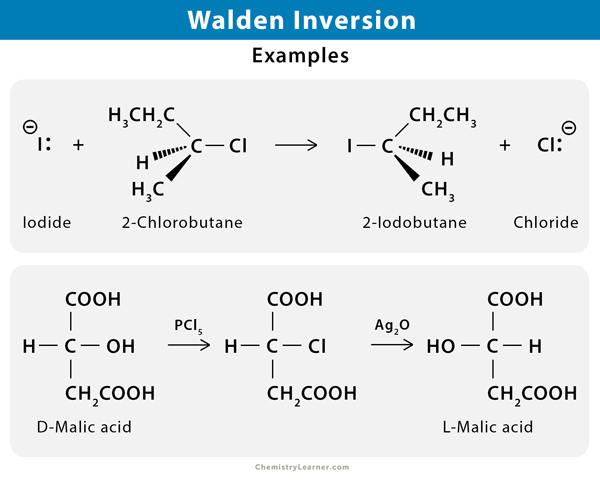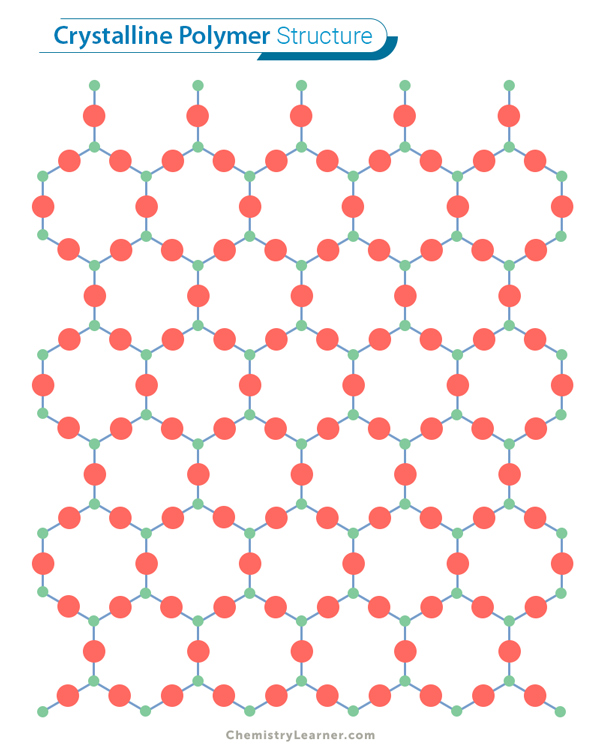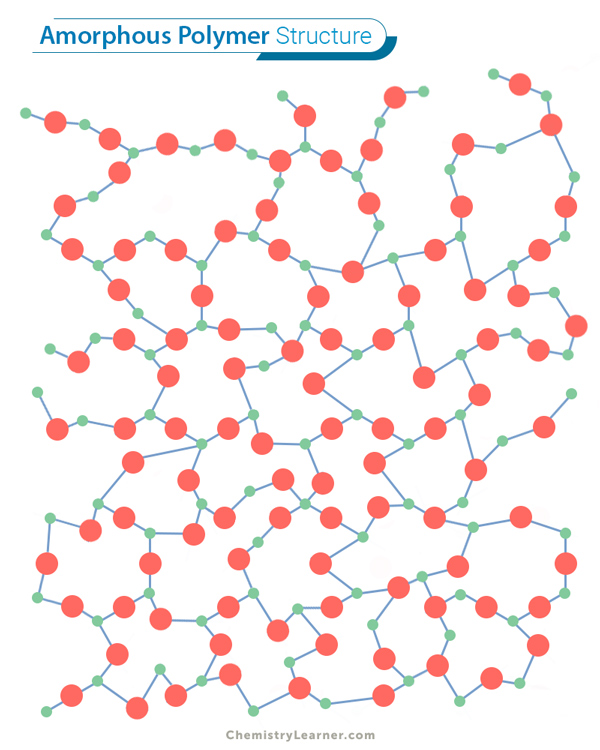Walden Inversion
Definition: What is Walden Inversion?
The inversion of configuration at a chiral center during a bimolecular nucleophilic substitution (SN2 reaction) is generally known as the Walden inversion. Since the molecule can form two enantiomers around the chiral center, Walden inversion transforms the structure of the molecule from one enantiomeric form to another. Walter inversion has an inversion stereochemistry at the reaction center. It is a subject of considerable theoretical importance [1-4].
The reaction is named after Russian, Latvian, and German chemist Paul Walden who discovered it in 1895.
Examples of Walter Inversion
In the SN2 reaction between iodide ion and (S)-2-chlorobutane, a backside attack by the nucleophile causes Walden inversion. The product is (R)-2-iodobutane [3-6].
Mechanism of Walter Inversion
The mechanism of Walden inversion is similar to that of an SN2 reaction. Nucleophilic attack on the carbon atom forms an intermediate. This step is followed by the displacement of the leaving group resulting in the product [6,7].
References
- Definition – Onlinelibrary.wiley.com
- Definition – Biologie.uni-hamburg.de
- Definition and example – Chem.libretexts.org
- Definition and example – Chem.ucla.edu
- Example – Epubs.surrey.ac.uk
- Example and mechanism – Vanderbilt.edu
- Mechanism and stereochemistry – Chem.libretexts.org






